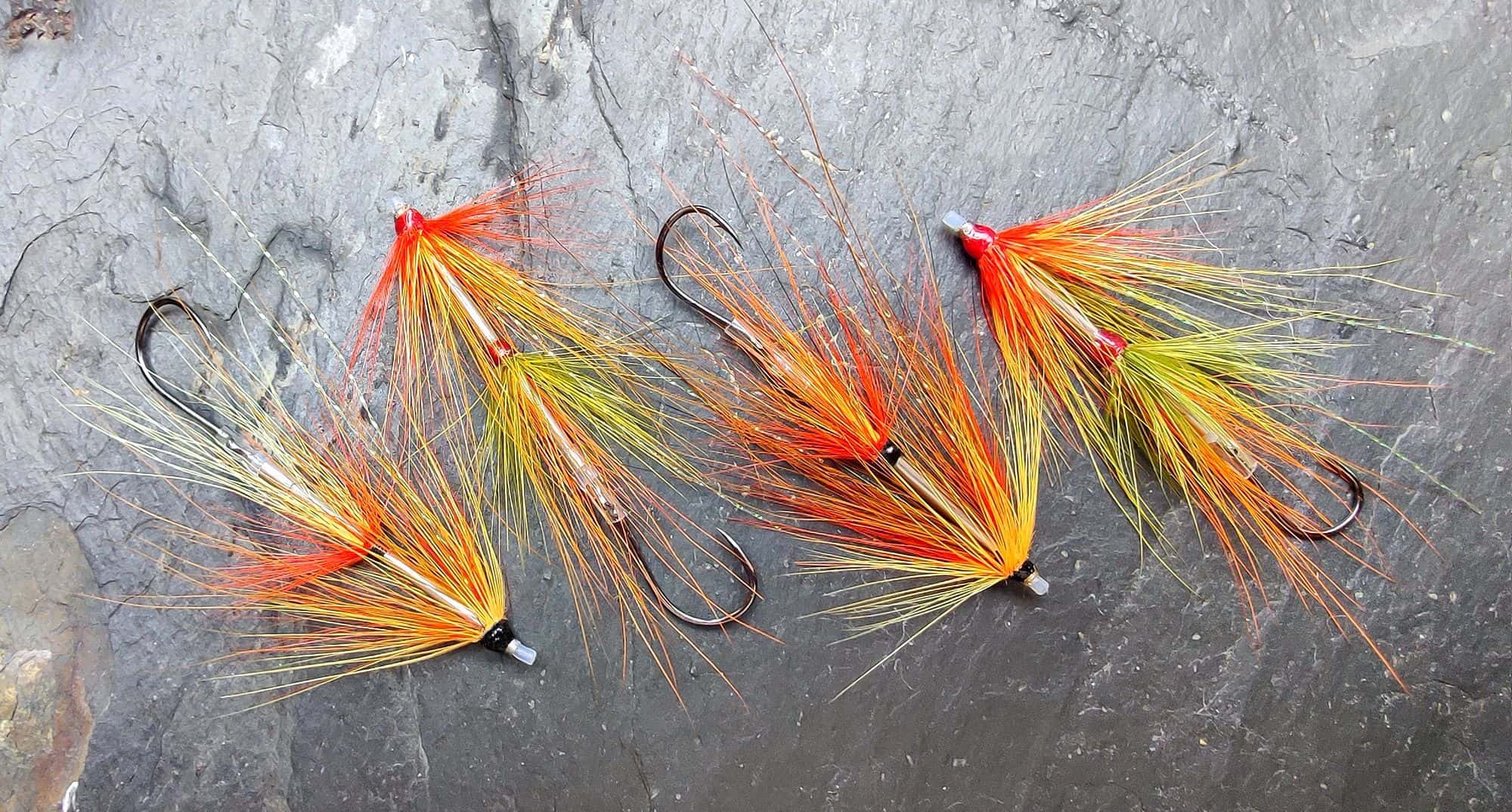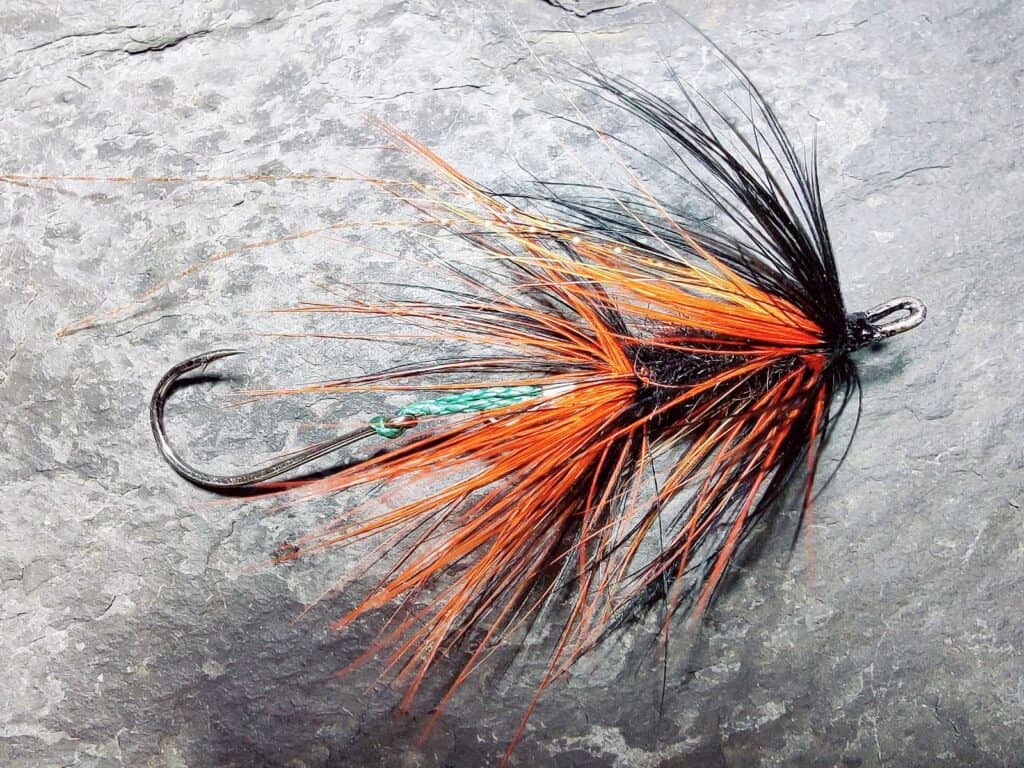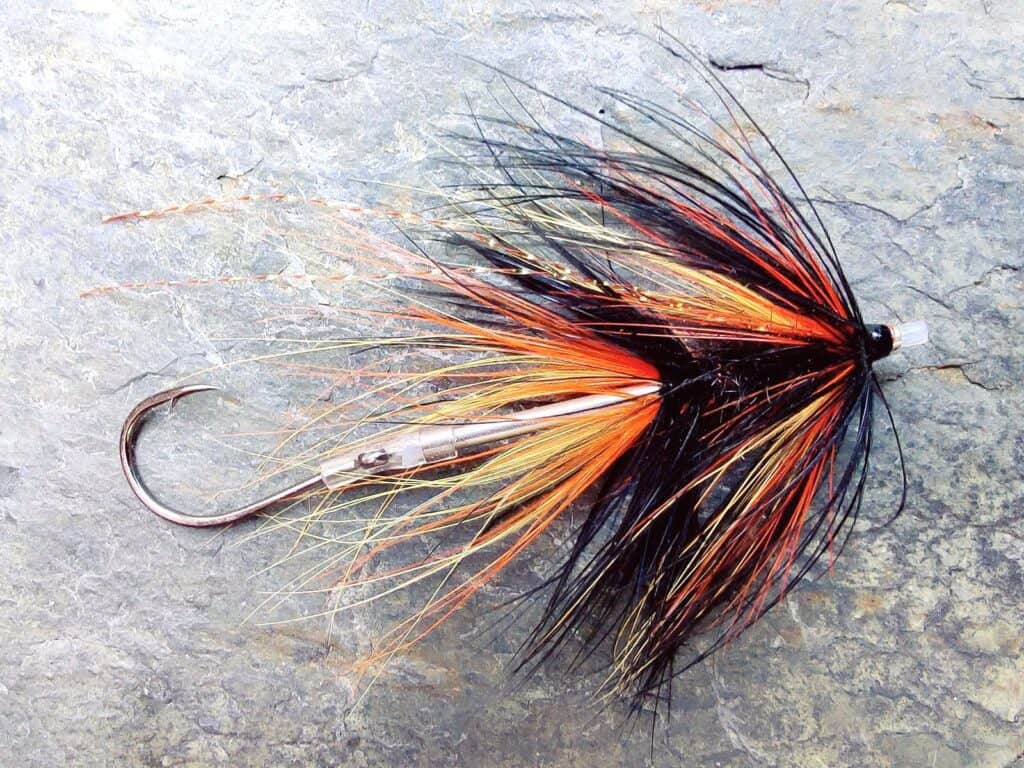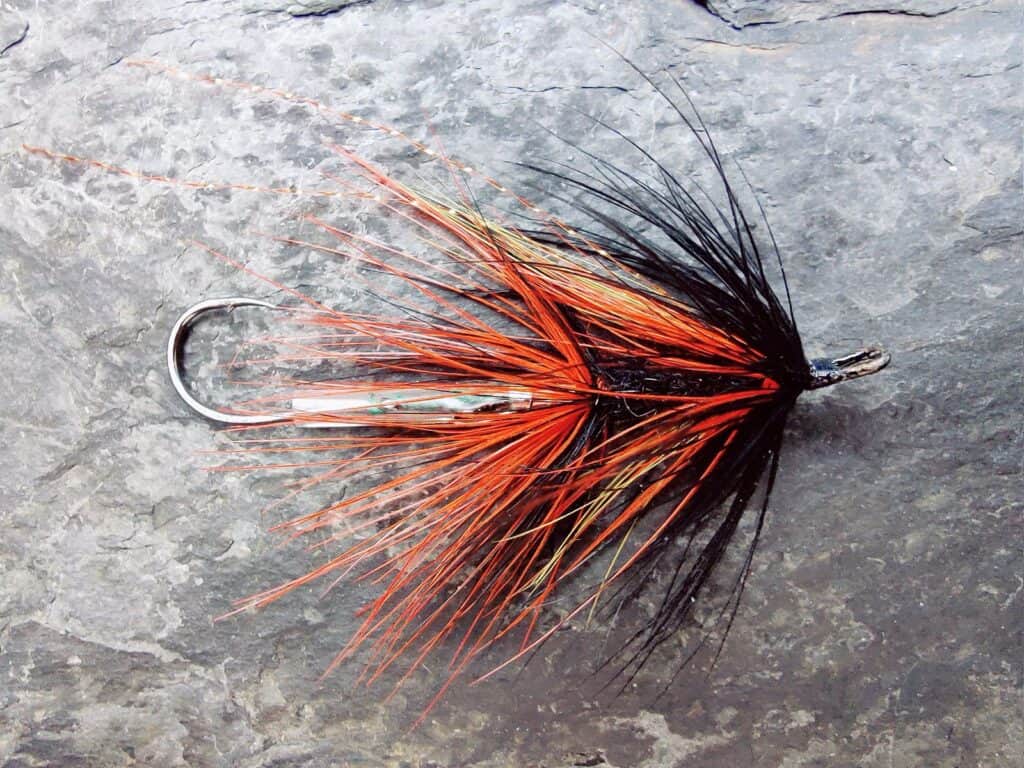Salmon Intruder Flies Dressed on Needle Tubes
As discussed elsewhere on this Tube Flies website, stainless steel Needle Tubes offer a versatile option for the creation of slim tube flies in a range of styles and sizes. The Needle Tube has shown that it may be adapted to the tying of a wide variety of flies and lures, for an equally wide range of species. Originally developed to create an ultra-slim lure for late night sea trout fishing on the River Earn in Scotland, the Needle Tube, with diameters are low as 1.5mm and made in lengths ranging form 10mm to 40mm, has since been adapted to the tying of tube flies for game fishing worldwide, whether it be sea trout fishing on the rivers of Scotland, England, Wales and Ireland; Atlantic salmon on the rivers of the UK and Ireland; Salmon and sea trout fishing on the rivers of Norway, Sweden, Denmark, Finland and Iceland; Steelhead fishing on the Great Lakes and their tributary streams; Pacific salmon and steelhead fishing on the rivers of the Pacific North West of Canada and the USA; Atlantic salmon on the rivers of Eastern Canada; or even rainbow trout fishing in Japan. The Needle Tube has filled a gap between the traditional lightweight (and often relatively thick) plastic and aluminium tubes and the heavy brass and copper tubes commonly used for many decades on our salmon rivers. It may easily be dressed in various lengths to create a slim fly, similar in weight and profile to lures previously dressed on Waddington and other wire shanks, but with the simplicity and practicality of a tube fly.
Shown below are a few more Salmon Intruder Flies dressed on stainless steel needle tubes. The tubes are 30mm in length with an outside diameter of 1.5mm. The overall length of the flies is about two inches. These flies have been dressed primarily with Atlantic salmon in mind, or perhaps as night time lures for sea trout. They may also serve as lures for Pacific salmon or steelhead in summer or in low winter flows.

These ultra-slim lures offer an alternative to the traditional Waddington lure, being about the same weight but more easily dressed with a simpler and more practical hook attachment. Intruder type flies may be dressed on any length of tube to create a range of fly sizes suitable for the varying seasons and conditions. A series of Mini Intruders, for example, may be dressed on shorter Needle Tubes of perhaps 20 or 25mm in length. For comparison here are two Intruders, one dressed on a 25mm Waddington shank, with a loop of braid securing the hook, the other a 30mm long needle Tube, 1.5mm in diameter.
The use of a loop of soft braid to hold the hook behind the waddington shank may allow the hook to droop at the rear of the fly. A soft flexible braid loop might also be prone to catching on the leader line. This might be solved by stiffening the braid connection by covering it with short length of silicone or PVC tubing, as shown below. Alternatively, wire or stiff nylon may be used as a loop, to help keep the hook in line with the shank, although these have their own drawbacks.
Intruder Dressed on Waddington Shank
Intruder Tube Flies
An Intruder dressed on a slim tube is, I think, an altogether simpler and more practical solution – the Intruder fly is much easier to dress on a tube and the hook more readily fitted or changed. Shown below are some Intruders dressed on stainless steel Needle Tubes. The tubes are 30mm in length and 1.5mm in diameter.
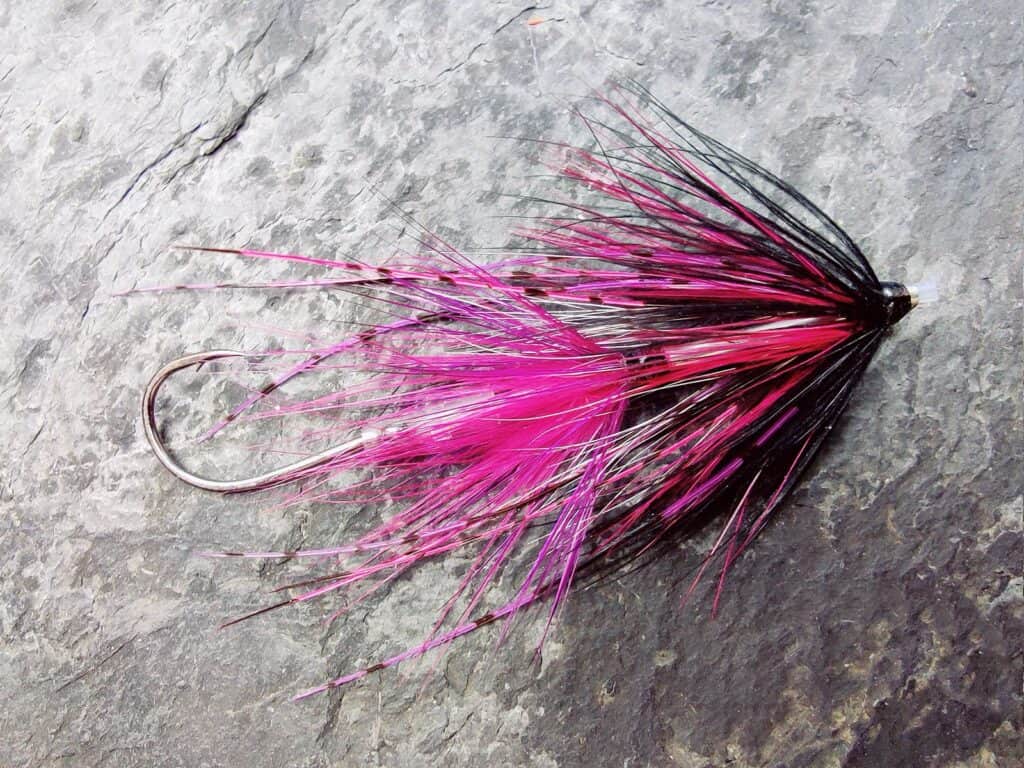

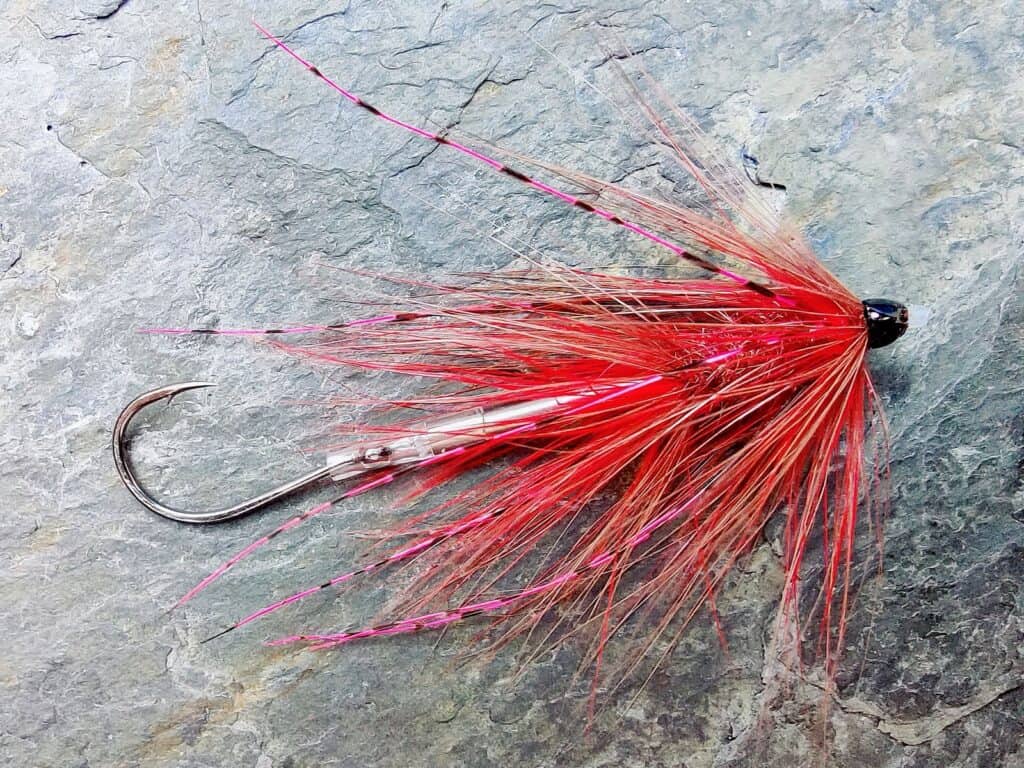
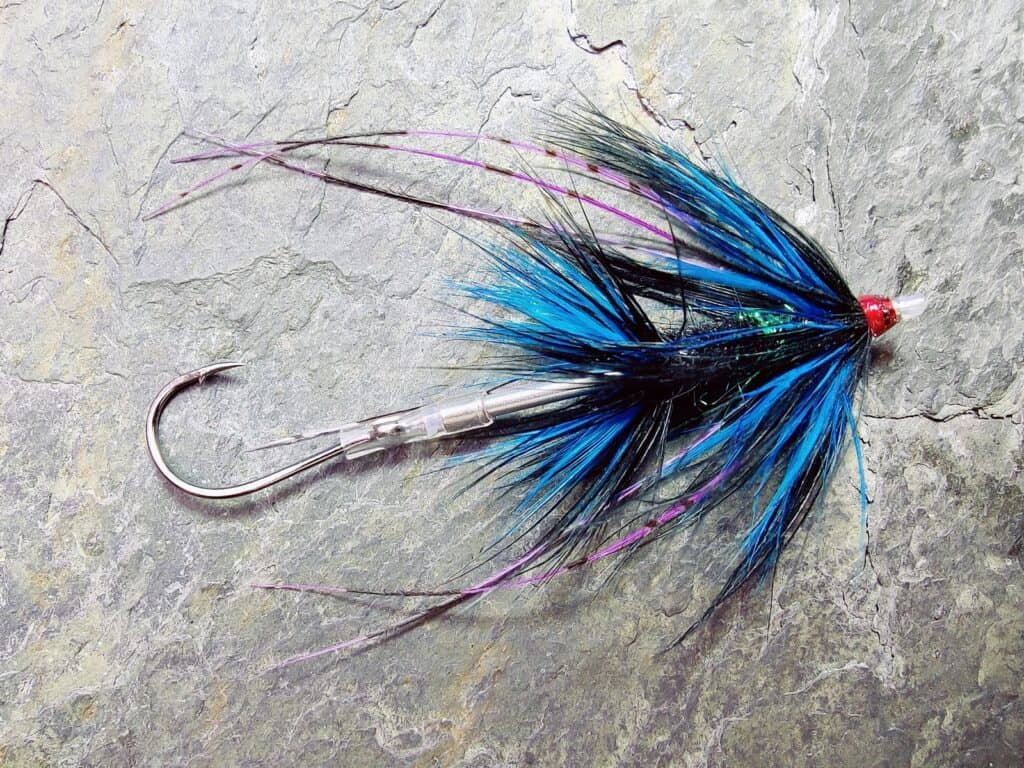

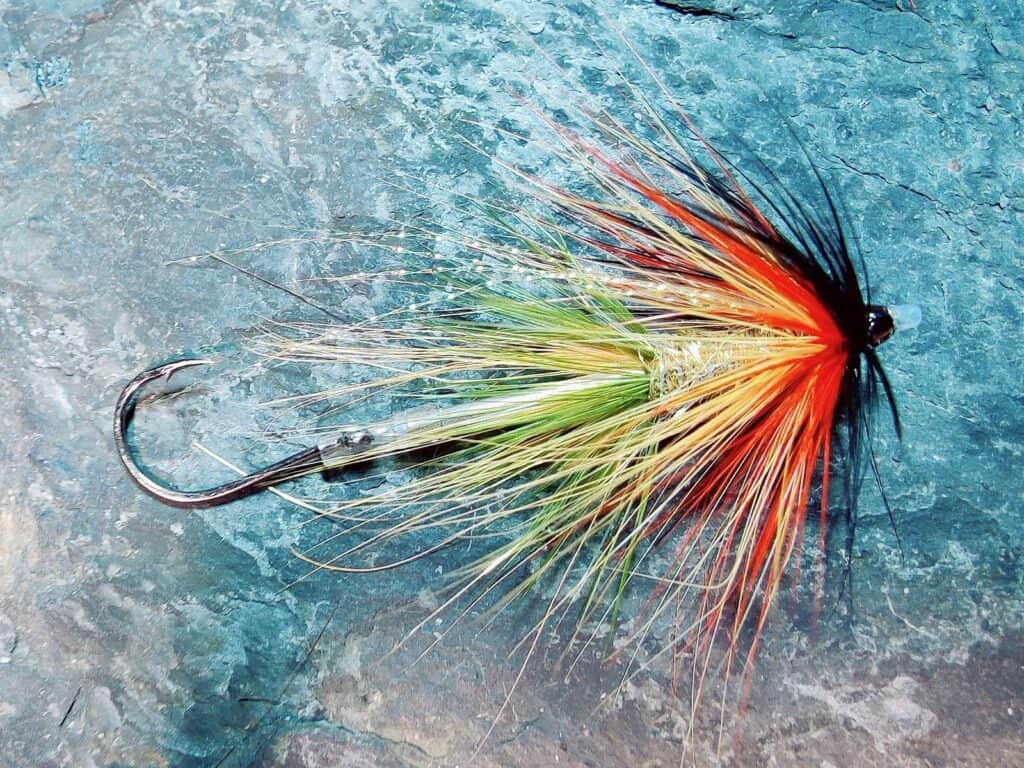


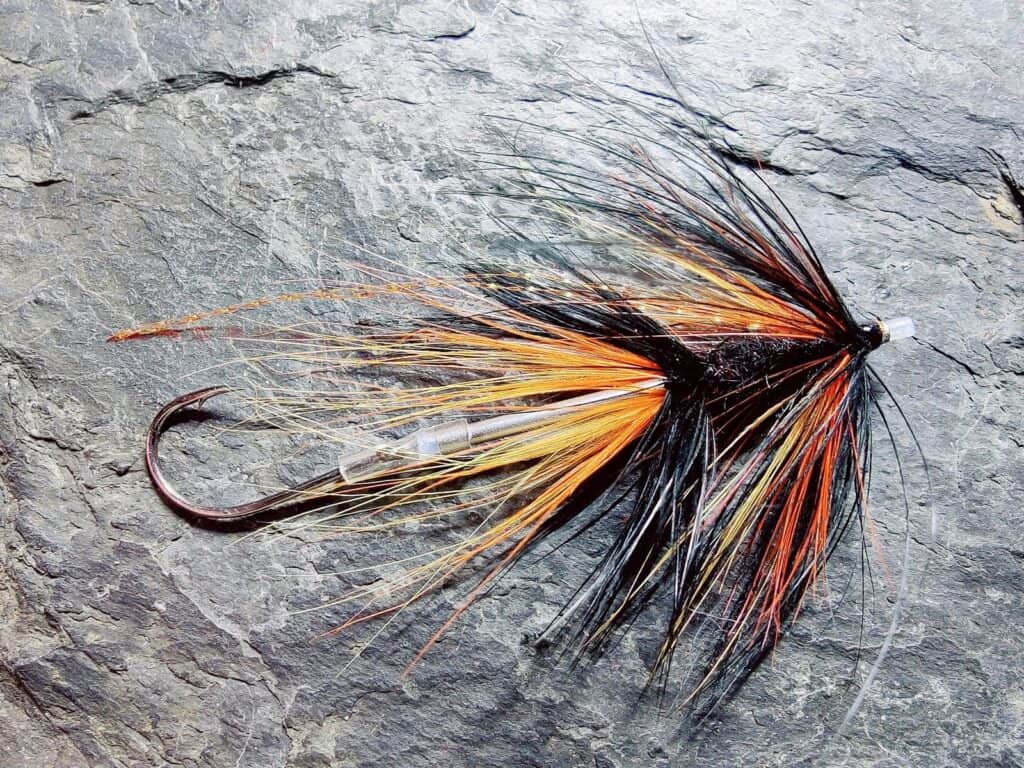
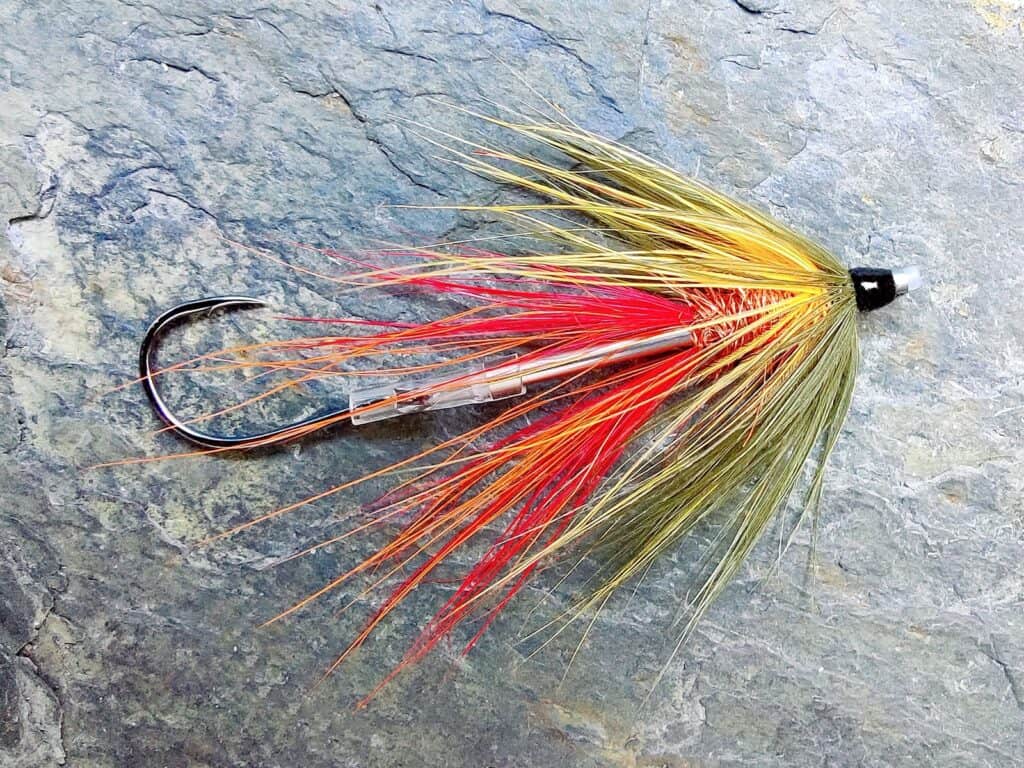
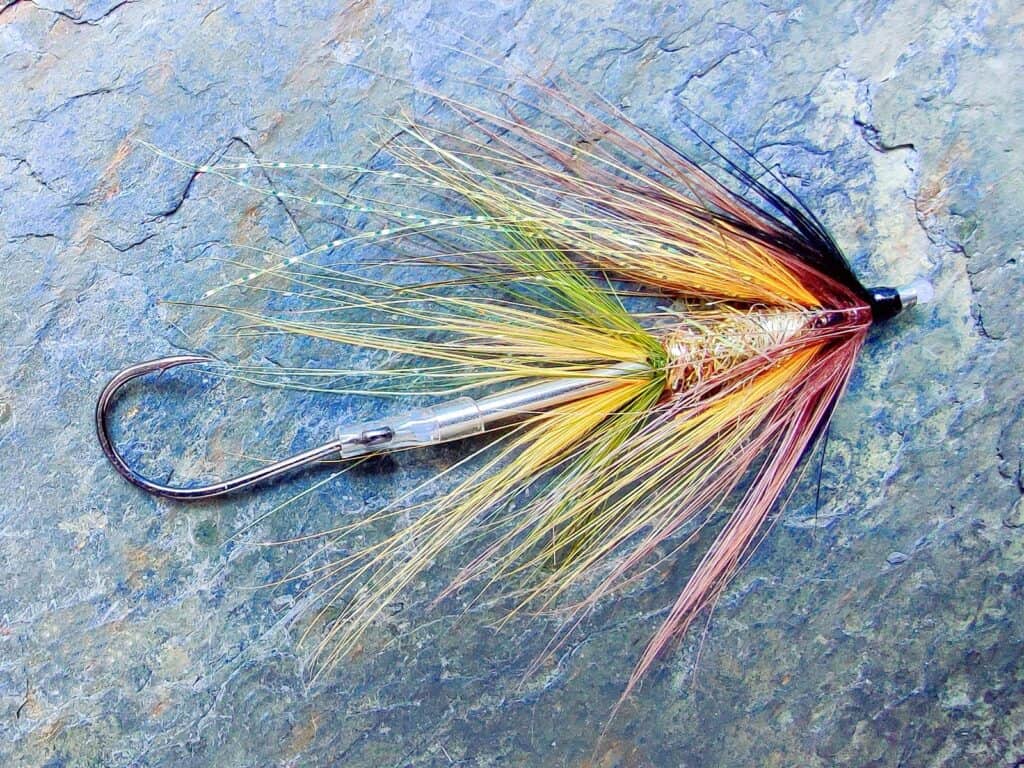
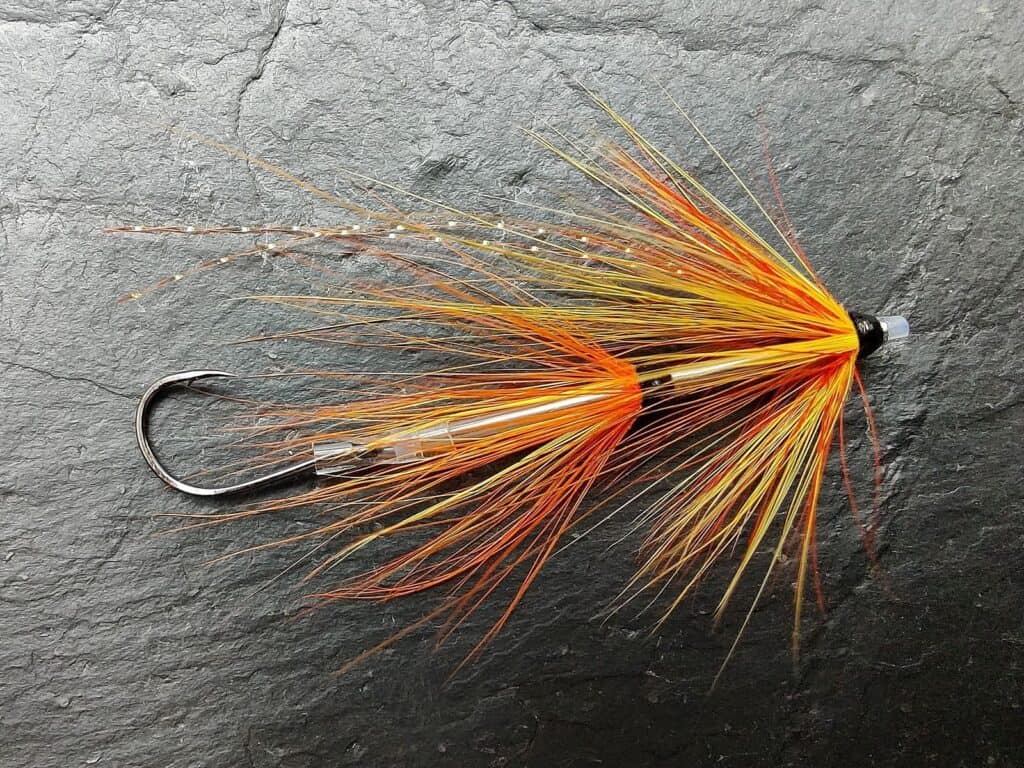
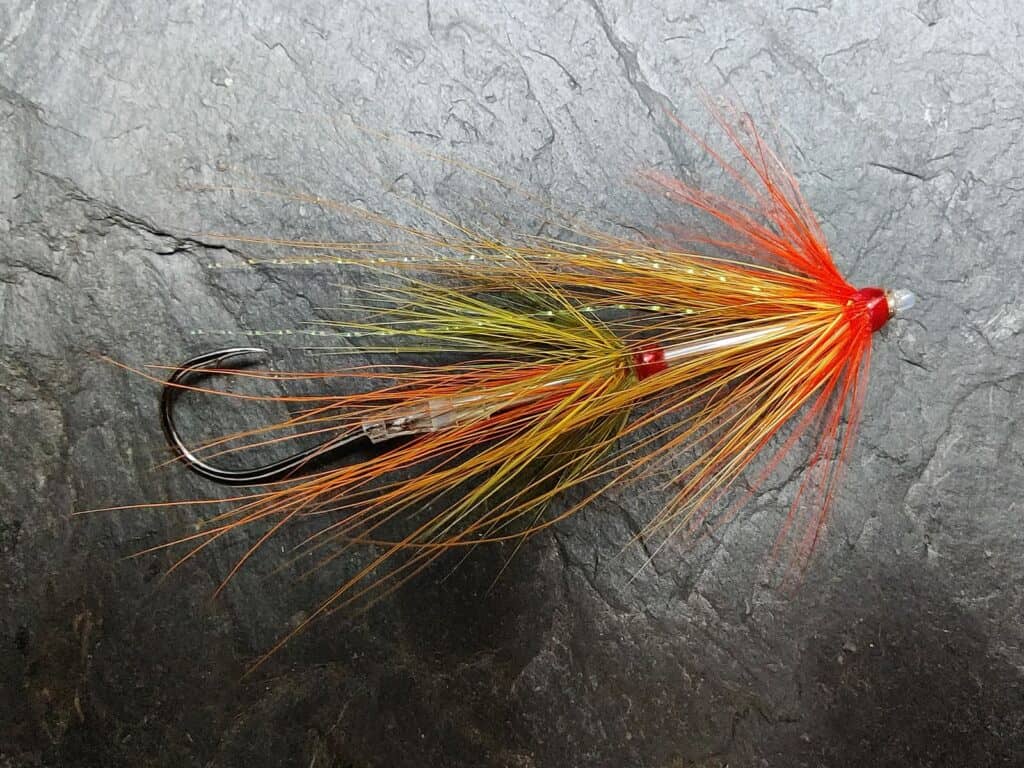
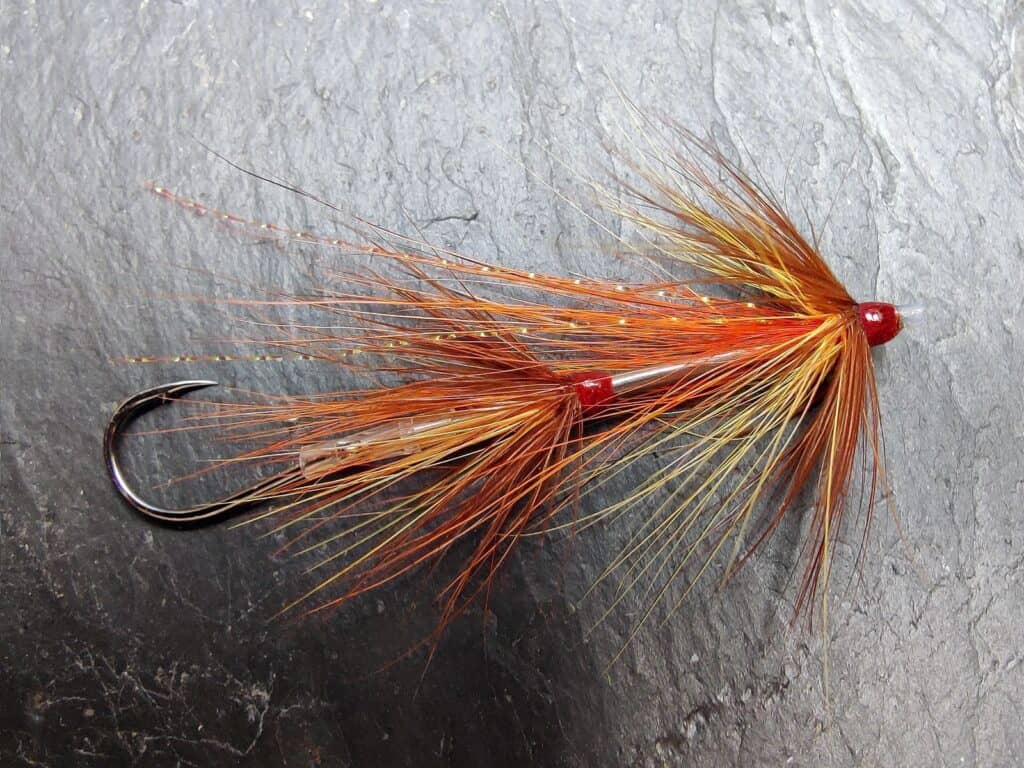


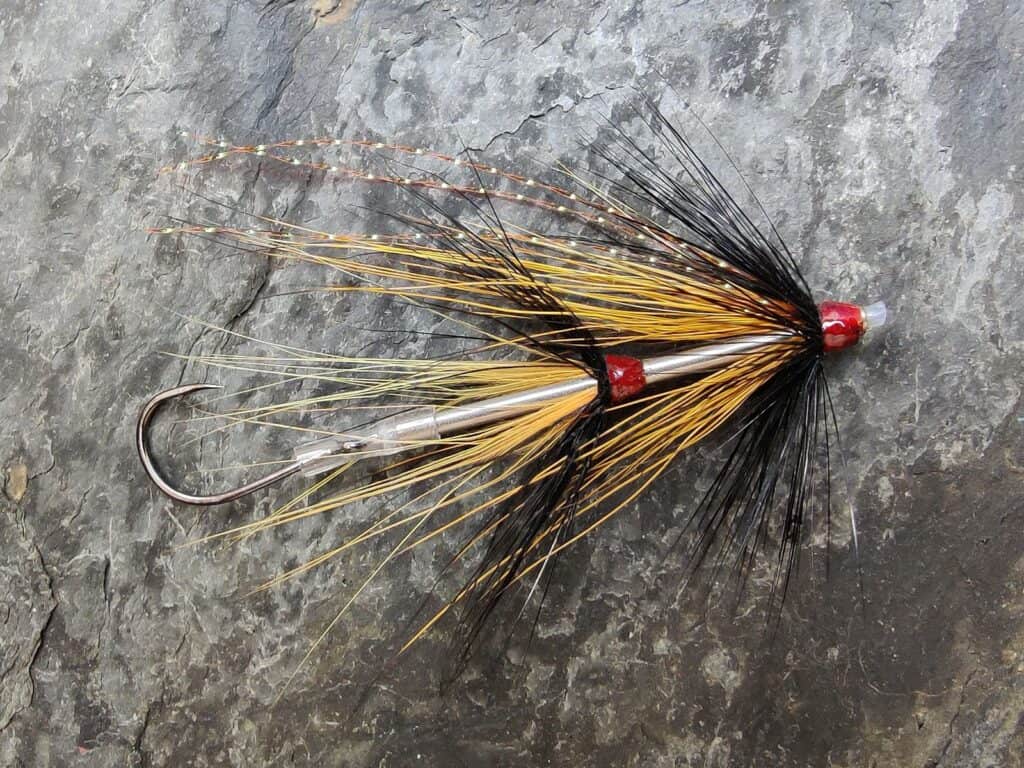
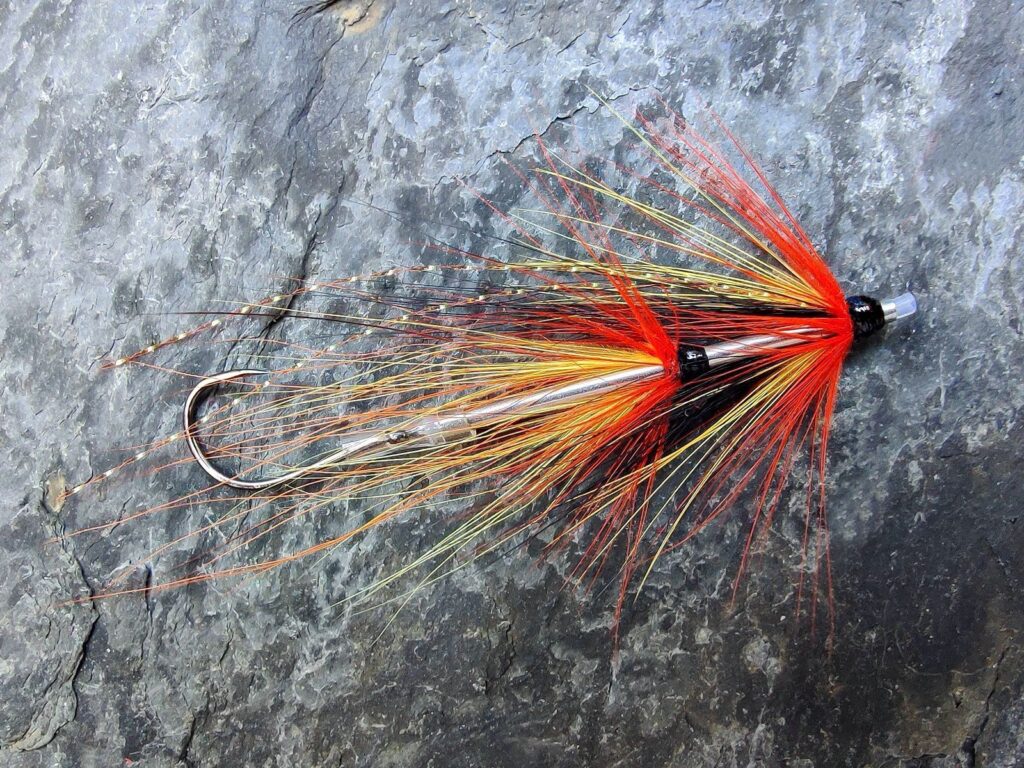
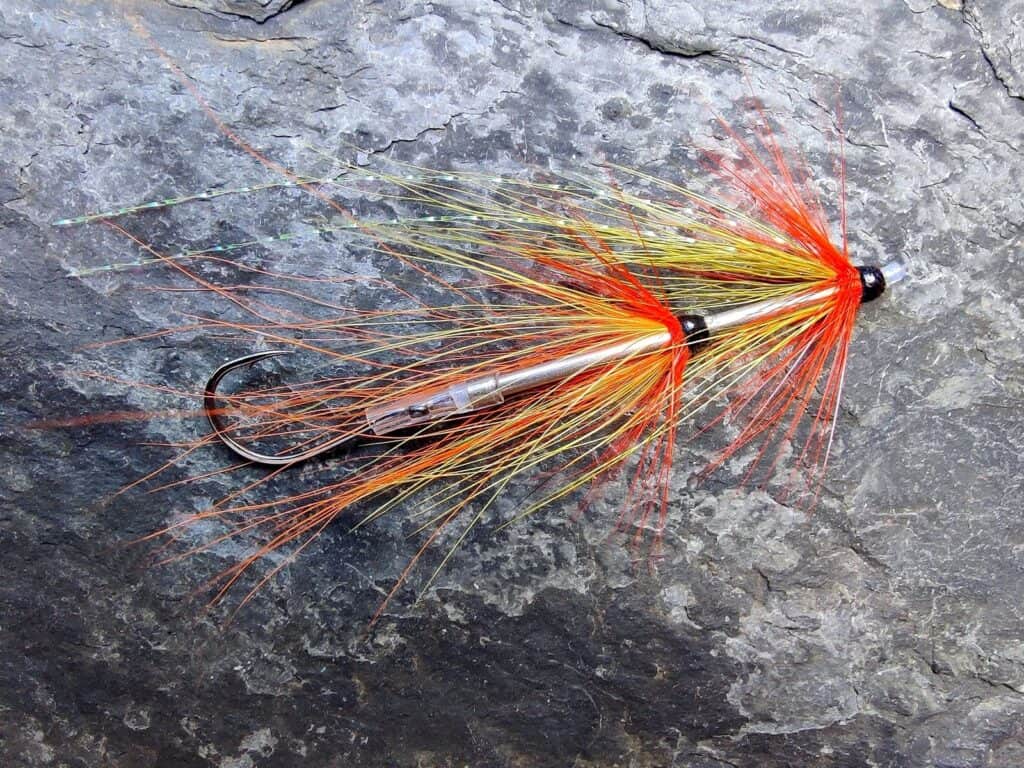
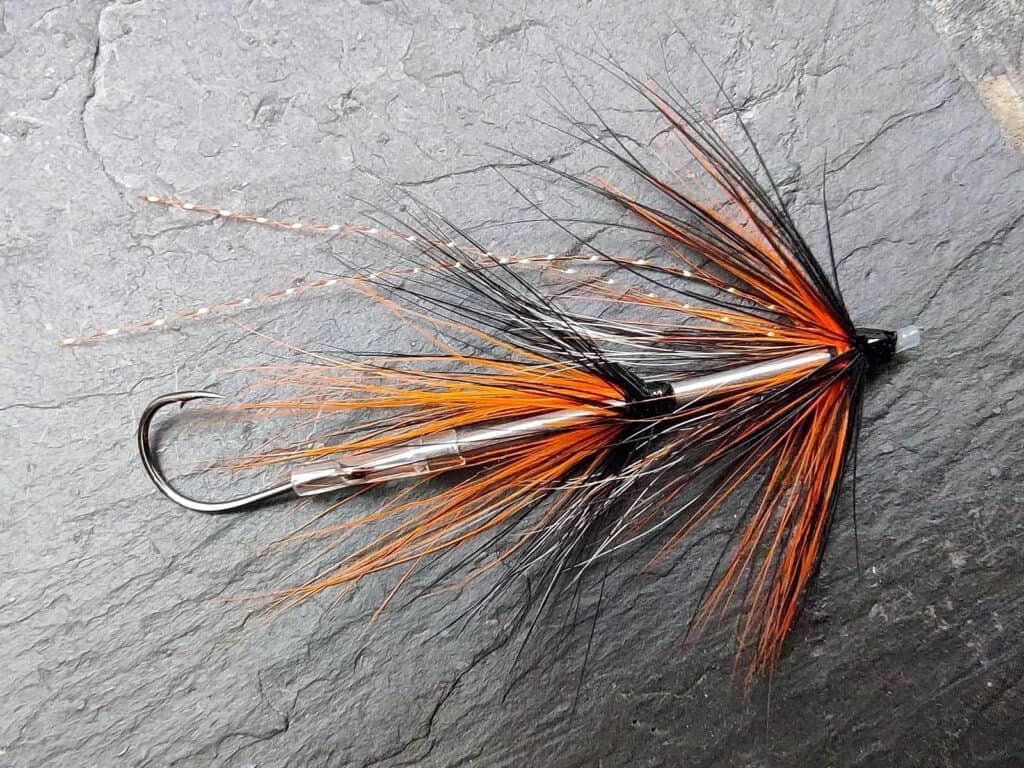
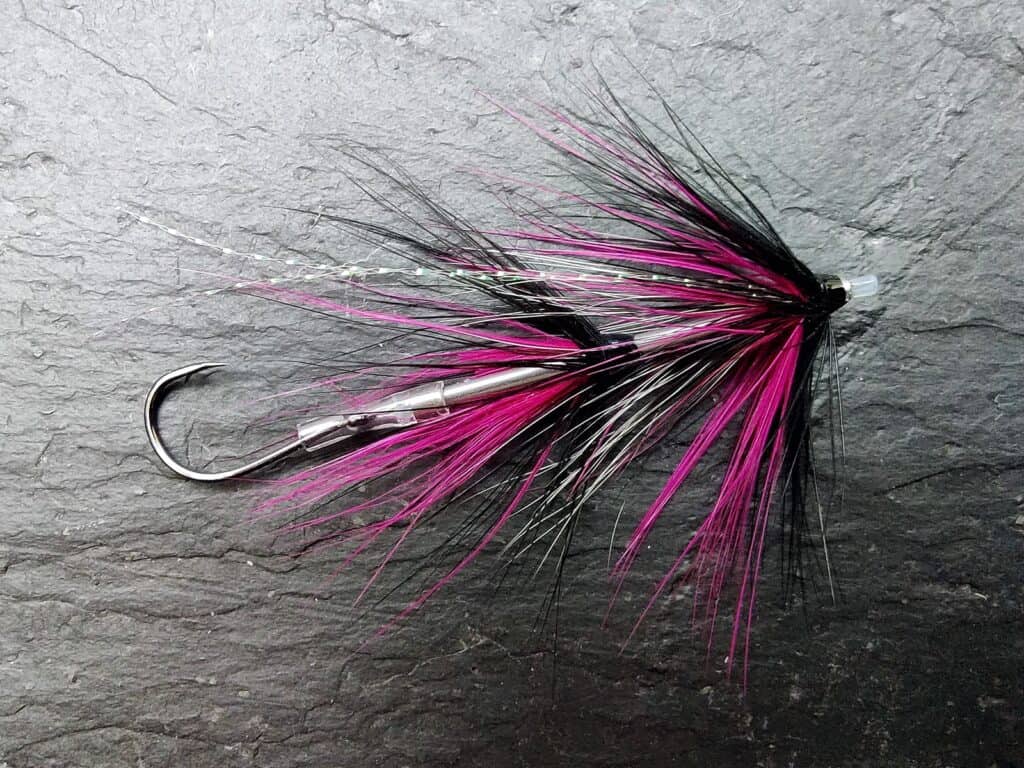
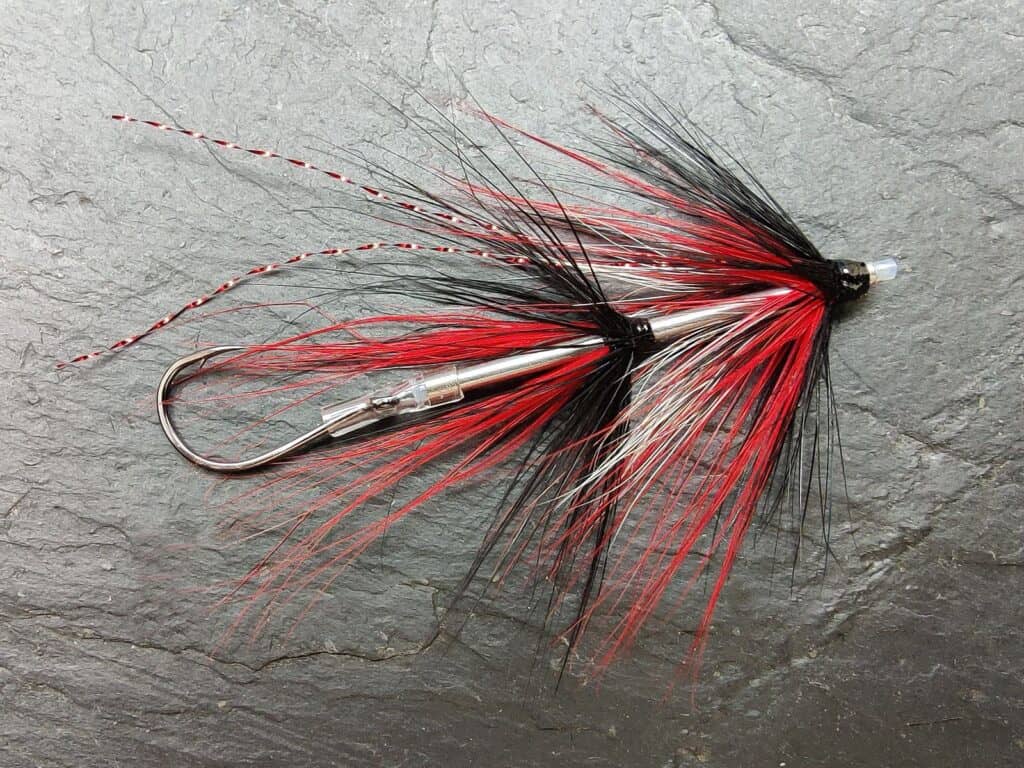
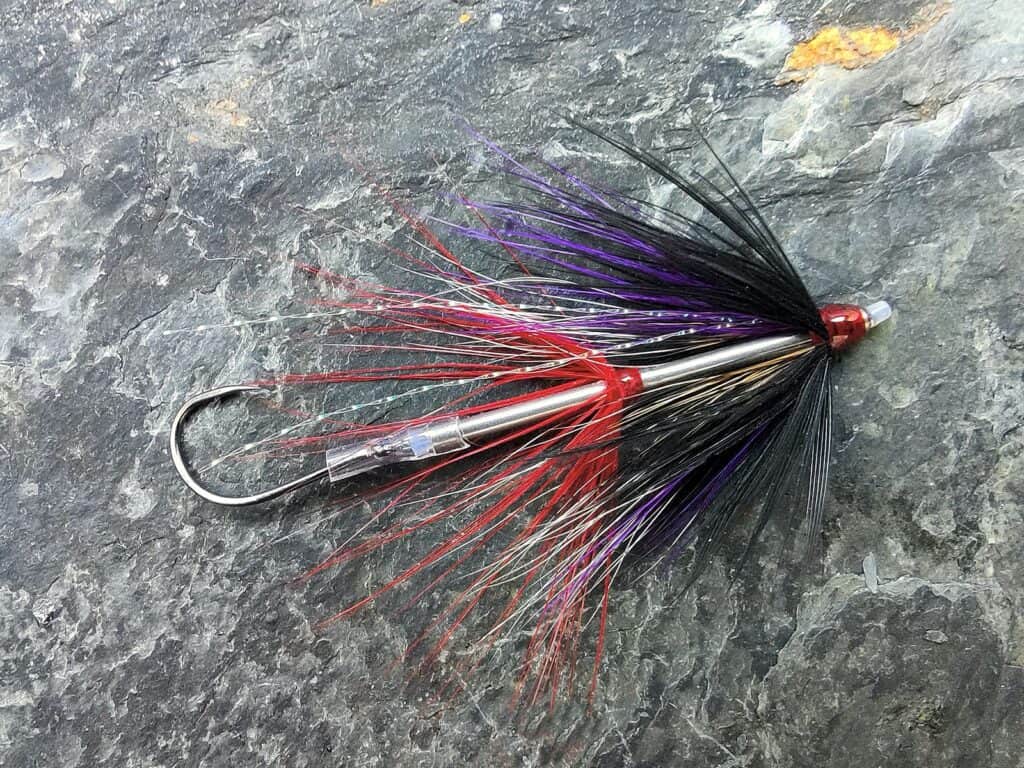
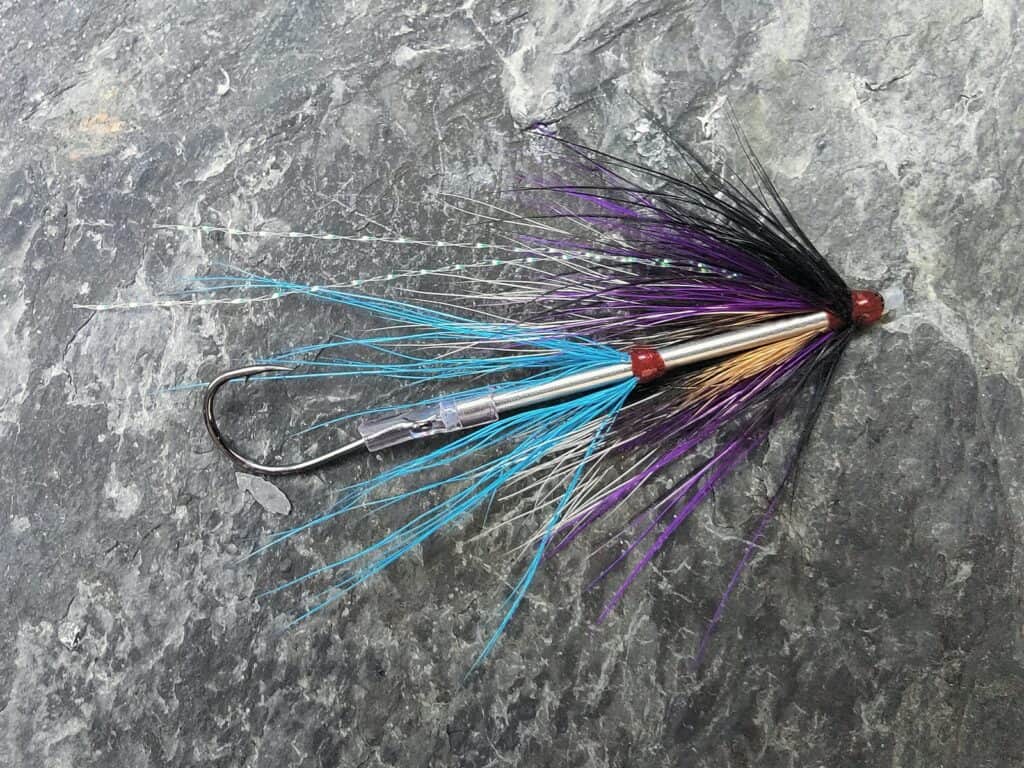
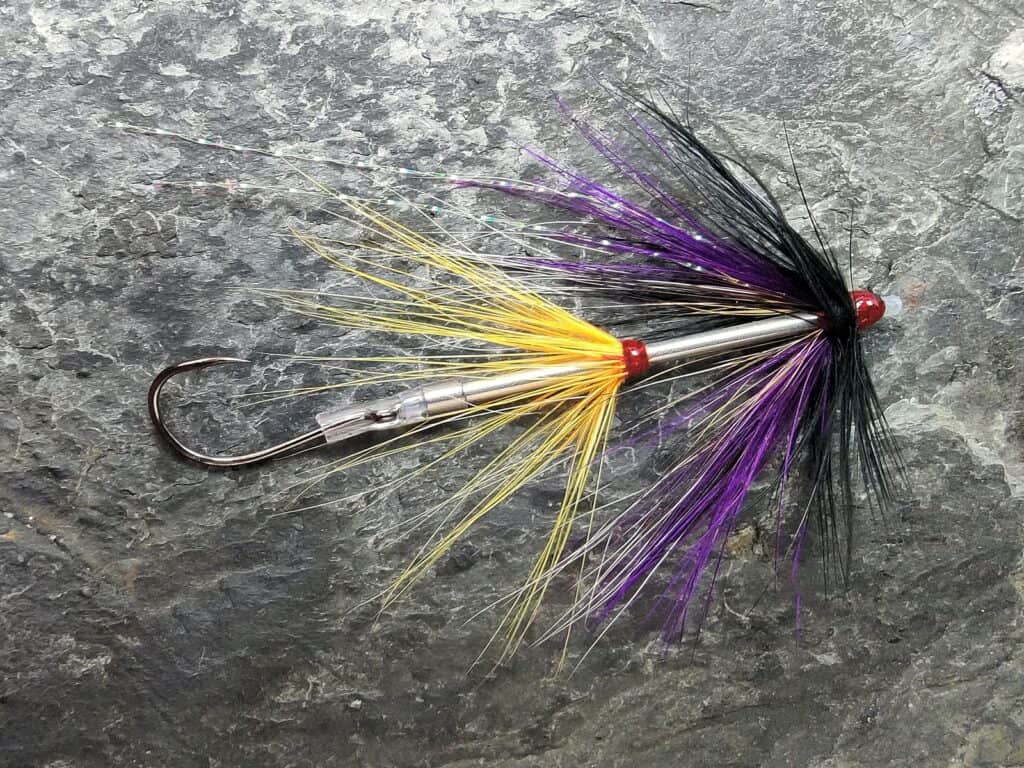

Intruder Needle Tube Fly Length
Intruders may be dressed on any length of tube. Those shown below have been dressed on 30mm long stainless steel needle tubes. The total fly length is about two inches.

For more on the tying of Intruders on tubes see Intruder Flies
